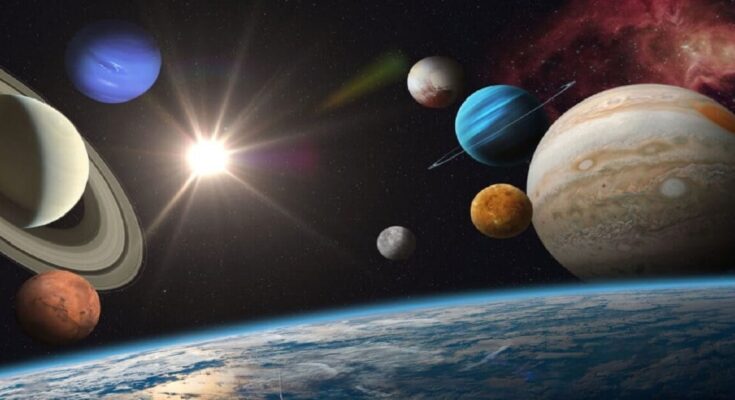Introduction:
Astronomy is the scientific study of celestial objects, such as stars, planets, galaxies, and the entire universe. The term “astronomy” is derived from the Greek words “Astron” (star) and “nomos” (law). Humans have pondered the universe’s mysteries while staring up at the night sky in awe since the dawn of humanity. In order to uncover the mysteries of the cosmos, astronomy has developed into a sophisticated discipline of study that makes use of cutting-edge telescopes, satellites, and computer simulations.
Astronomy’s past:
What is astronomy? The history of astronomy is extensive and varied, ranging from the prehistoric civilizations of Mesopotamia and ancient Egypt to the revolutionary work of well-known astronomers like Nicolaus Copernicus and Galileo Galilei. Early astronomers noticed the stars’ motions and then created hypotheses to explain them.
Contrary to the prevalent geocentric theory, Copernicus offered a heliocentric model that put the Sun at the center of the solar system. Galileo’s telescopic discoveries transformed our view of the cosmos and provided additional evidence for the heliocentric concept.
Various fields of astronomy
Numerous subfields of astronomy concentrate on distinct facets of celestial objects and events. These branches are noteworthy:
The science of celestial objects, including their makeup, structure, and behavior, is the subject of astrophysics. It covers the Big Bang theory, stellar development, and black holes.
Planetary science is the study of the planets, moons, and other celestial bodies in our solar system. It looks at the processes that formed them, the geology, the atmospheres, and the potential for extraterrestrial life.
Cosmology: Cosmology seeks to comprehend the beginning, development, and ultimate destiny of the entire cosmos. Topics like the Big Bang, dark matter, and dark energy are all covered.
Galactic astronomy is the study of galaxies, including their composition, creation, and development. It looks into things like galaxy clusters, quasars, and supernovae.
Utilizing observational methods
Advanced observational methods are used by modern astronomy to obtain information about the cosmos. Ground-based and space-based telescopes are crucial equipment. While space observatories like the Hubble Space. Telescope can look beyond Earth’s atmosphere, capturing crisper images and detecting wavelengths that are unavailable from the ground, they can only observe visible light and other electromagnetic waves.
Other observational methods include gravitational wave detection, which enables researchers to watch the ripples in spacetime brought on by significant cosmic events, and radio astronomy, which examines radio waves released by celestial objects.
Improvements in Scientific Knowledge
We now have a much better understanding of the cosmos thanks to astronomy. It has supported the Big Bang theory, shown that exoplanets beyond our solar system exist, and deepened our grasp of basic ideas like gravity and spacetime.
Astronomy also has valuable applications. It facilitates satellite communication and global positioning systems (GPS), aids in the advancement of technologies like digital imaging and spectroscopy, and lets us navigate and explore space.
Current and Upcoming Discovery:
Technology development has accelerated astronomy’s ability to make ground-breaking discoveries. We now know more about exoplanets and the surface of Mars thanks to recent missions like the Mars rovers and the Kepler space telescope. We can now observe and investigate cosmic catastrophes like black hole mergers thanks to the study of gravitational waves, which has provided a new window into the cosmos.
Future missions like the Large Synoptic Survey Telescope and the James Webb Space Telescope promise to observe far-off galaxies, examine the atmospheres of exoplanets, and map the cosmos in unprecedented detail, revolutionizing our understanding of the universe.




